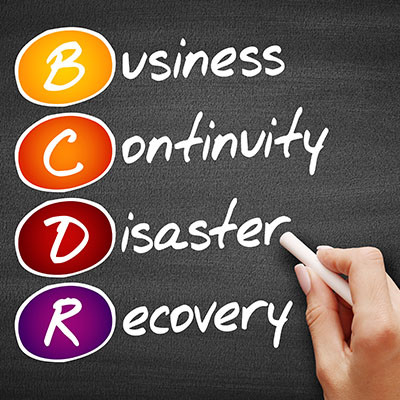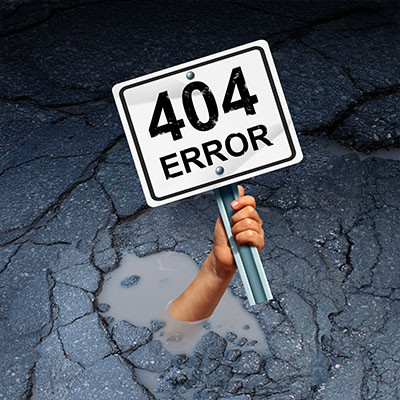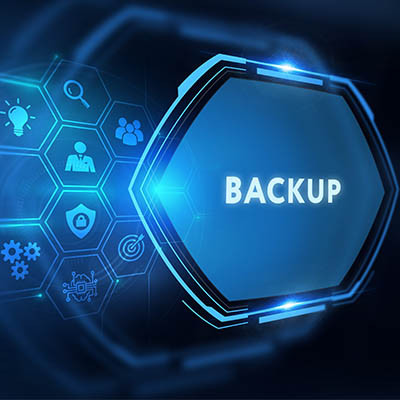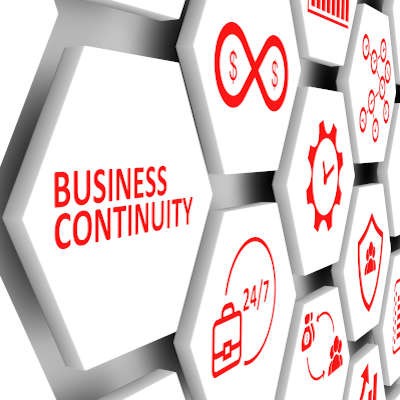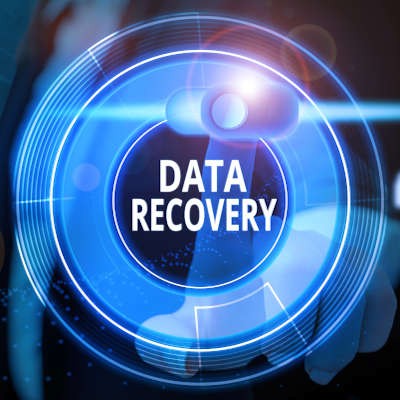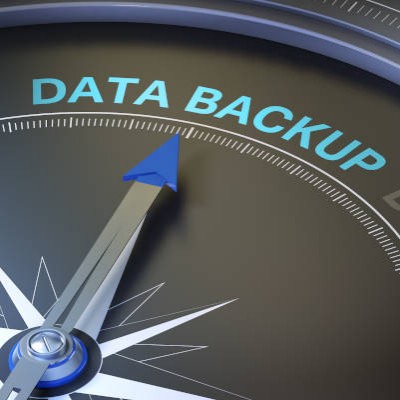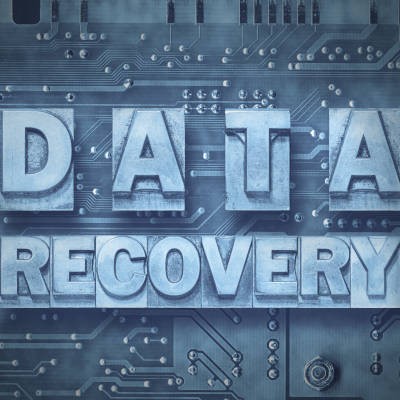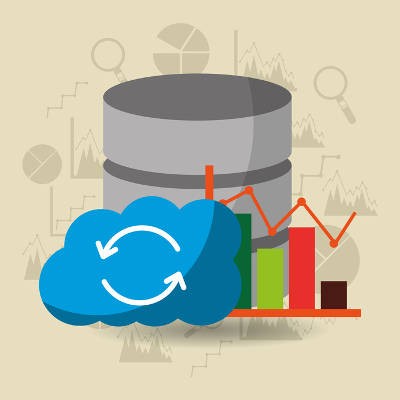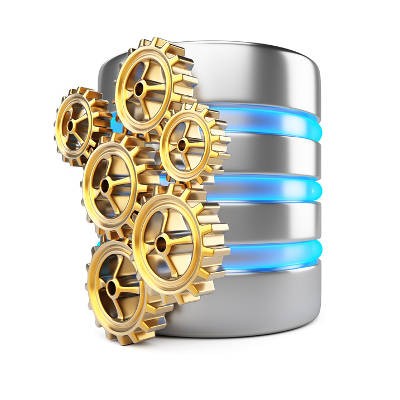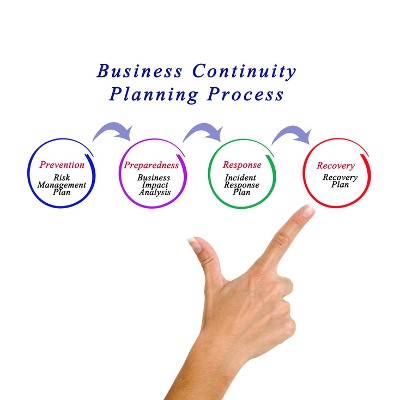Every year on March 31st, World Backup Day serves as a dedicated occasion to emphasize the crucial role of regular data backups in ensuring the seamless continuity of information. While this awareness day effectively underscores a fundamental best practice, we staunchly advocate for an ongoing commitment to continually maintaining and protecting backups, extending beyond the confines of a singular day.
PCSOFT Blog
If you’ve spent any amount of time around us, you’ve probably had the importance of data backup and disaster recovery preparation preached to you—probably more than once. However, as closely associated as the two are, they are not the same. Let’s explore the critical differences between these two processes so you can be fully prepared to attend to both.
Businesses these days rely on technology to keep themselves running, and without it, their ability to function can be compromised. Whether it’s a natural disaster or a cyberattack against your organization, you need to be prepared for catastrophic failure. What does this type of failure look like and how can you prepare for it?
Data backup is something that all businesses need in some capacity. The reasoning for this is simple: you can never predict the future, so your business’ life is never guaranteed… unless, of course, you plan for the worst. Today we want to share with you some best practices as they relate to data backup and disaster recovery, practices which we hope will give you the confidence that you can recover from even the worst-case scenarios.
We often use the term “redundant” to describe technology, and it’s easy to see this word and think about it in a negative way. However, in business technology, the exact opposite is true, and redundancy is widely seen as not just an important component of any successful IT strategy, but a critical one. What does redundancy mean to your business technology, and how can you make sure you implement it in the appropriate way?
Businesses often prioritize different parts of their operations. Some focus on security while others focus on business continuity, even though both are absolutely critical to the long-term success of organizations. This issue is exacerbated by the COVID-19 pandemic, something which has forced some organizations to opt for one over the other.
One of the best investments you can make in your IT infrastructure is implementing a data backup and disaster recovery solution. Not only is it a crucial part of any business continuity plan, but it also helps to future-proof your business in the event of a potentially disastrous scenario. There are three big reasons why you should consider implementing data backup and disaster recovery, and if you fail to do so, you are putting your company at risk for no real reason.
When considering a continuity plan for your business, you need to consider some scenarios that may not ever happen. This is called risk management and it is the basis of keeping your business up and running regardless of the situations that it encounters. This month, we thought we would outline some of the variables that need to be addressed when creating a comprehensive business continuity plan.
The tragic reality of the COVID-19 pandemic is that businesses are in a very uncomfortable situation. As the virus made its way around the world, many businesses have had to enact their version of a disaster recovery policy. Not all businesses will look at this the same way, but if you want your business to have the kind of continuity that will allow it to get through tough situations like this, formally creating a disaster recovery policy will put you in the position to weather any storm you encounter.
No one can tell when a disaster is going to strike or what form that disaster is going to take. The cause could be a storm, human error, or some freak occurrence that nobody could have seen coming. In order to get back up and running after one of these incidents a company needs to have a strong business continuity strategy. An essential part of this strategy is knowing how to recover data depending on the way it’s lost. Getting data back and working for your company is the only way to stave off ruin, so let’s look at data recovery strategies that can literally save your business.
Businesses must be very careful when considering how to secure their future. One of the best ways to do so is by implementing solutions that keep your organization alive in the face of adversity. Data backup and disaster recovery is one way you can make sure unfortunate circumstances don’t hold your business back from succeeding in the future.
Disaster recovery isn’t the easiest topic to approach for a business, and it’s precisely because it’s something that nobody ever wants to talk about. The reality of the situation is that it’s something that must be discussed, as the future of your organization depends on it. This might seem like an exaggeration, but we assure you that it’s not.
These days, it’s unheard of to run a business without some form of data backup and disaster recovery in place, no matter how basic or crude. In a worst-case scenario, you could lose so much more than just your business’ data. All of the future ramifications of such an event compound and can snowball into a situation that makes it borderline impossible for your organization to recover. Therefore, the best way to approach this situation is to make sure that it doesn’t happen in the first place.
For a long time, the most prominent data backup solution took advantage of magnetic tape to store data. The cassette would then be stored either off-site or on site to be used in the event of a disaster. These tape backups are also subject to user error, so unfortunately, they cannot be as reliable as a solution that is automated. As such, tape backup pales in comparison to the gold standard of data backup and disaster recovery, BDR, which takes advantage of the cloud.
When it comes to tape backup, the lack of automation really hurts its chances of being a viable solution. An employee would have to set a tape backup so that it could be successful, and without doing so, no backup is taken. Since there is no room for user error, tape backup is naturally an inferior option compared to the automated systems you get from a network-attached BDR. If someone fails to set the tape backup, an entire day’s worth of data could be put in jeopardy.
Tape backup is also far from the ideal solution because it is limited in its ability to really help your business. Since tape backup is too resource-intensive to happen more than once a day, it has to be done after-hours when there is less strain on the network. This means that more data could potentially be lost. Furthermore, physical tape backups can be destroyed by fires and floods or corrupted by hacking attacks. They can be destroyed just as easily as the rest of your organization, and as such, must be stored off-site for maximum recovery potential.
Just about all of the issues that you might have with tape backup are resolved by working with a BDR solution. BDR technology allows your organization to keep downtime and data loss to a minimum. BDR can take backups as often as every fifteen minutes, making it the ideal solution to an organization that can’t risk losing anything (hint: that’s yours). Since data is stored off-site in a safe location, you don’t need to worry about external sources messing with your odds of survival.
To get started with BDR, reach out to us at 02 98730080.
Business continuity is an incredibly important part of running a business, but some smaller organizations underestimate just how crucial it is in the event of a disaster. Although FEMA estimates that more businesses are taking advantage of business continuity than ever before, not enough are. Business continuity is something that must be planned for, practiced consistently, and updated as needed. Does your business have a business continuity plan?
Your business could stand to learn quite a bit from the way that financial institutions handle business continuity. Technology is a central part of the way that Federal Reserve Bank (FRB) and the Securities and Exchange Commission (SEC) function, as well as the companies that these organizations oversee. Data loss and downtime are the arch nemeses of these organizations, so it makes sense that you look at what these organizations do to prevent it.
The FRB and SEC demand certain standards be met by any organizations that they are associated with. You can use these regulations to learn a bit about how best to protect your organization from data loss and downtime. Even if your organization isn’t legally required to meet these standards, it’s still a good way to prepare for a worst-case scenario.
Personnel
Human resources are one of the most important parts of running your business, as without workers, your organization doesn’t exist. It’s surprising how often they aren’t considered in a data backup plan. Therefore, you’ll want to ensure that you have identified key personnel and establish emergency contacts in the event that you need to make impossibly quick decisions. Also identify who is in charge of your business continuity plan, as they will be central to pulling it off in the long run.
Communication and Planning
Communication is also an integral part of any business continuity plan. You need to have a system set up to notify your team in the event of a disaster event, as well as have a hotline set up that allows employees to receive updates. Keep updated phone records and have backup communication plans in the event that you’re unable to use your primary one. Lastly, ensure that you have a way to contact your vendors and, most importantly, your customers, as they need to be aware of any issues that keep them from receiving any services rendered.
Technology Troubles
Technology plays an important role in the recovery process, just like it does during normal operations. You need to have a clear-cut process for recovering data, and you should be taking advantage of multiple locations for your data backup needs. More than anything, though, you should implement a priority list for your business technology solutions. This priority list should include the following critical assets: hardware (servers, network components, mainframe), software (applications, operating systems, etc), communications (network and telecommunications), data (files and records), operations processing equipment, and office equipment.
General Checklist
Here are a few more topics to consider that are often overlooked by businesses planning for disaster recovery:
- An official declaration of a disaster scenario
- An alternative location for operations to continue
- Automated systems that can run manually
- A maintenance plan
- A way to practice the execution of your disaster recovery plan
If your business implements a poor data backup and disaster recovery solution, you will feel it when it comes time to actually respond to a disaster. You’ll lose time and precious resources scrambling to get things back in working order. A proactive stance could be the only way to combat a disaster scenario. To learn more about how to protect your organization, reach out to us at 02 98730080.
Data backup is something of a conundrum for many small businesses. The classic mindset is that they don’t think they need data backup because there’s no way they’ll be struck with a data loss disaster. Their office may not be located in a place prone to natural disasters, and the organization is so small that the assume they are off the hook when it comes to hackers. This doesn’t reduce the value that a good data backup system can offer, though.
If there’s one concept that every business owner needs to be intimately familiar with, it’s business continuity. Boiled down, the concept tackles the question of how your business will carry on after a disaster situation has struck. While a business continuity plan is by no means a simplistic document, there are a few key points that all businesses should focus on.
The search for the perfect way to handle a data loss disaster has led many businesses to implement data backup and disaster recovery solutions, but the most challenging part of doing so is finding a solution that can minimize data loss and recovery time. Furthermore, there’s a specific need to understand the difference between data backup and disaster recovery, as the two are certainly not the same thing.
These days, businesses practically expect disaster. With so many high-profile hacking attacks in the news, people are paranoid and fear for their data. Yet, even more businesses don’t fear enough, which can lead to unexpected data loss from hackers, natural disasters, and even user error. As a business owner, it’s your responsibility to ensure that your organization is prepared to handle disasters of all kinds.


